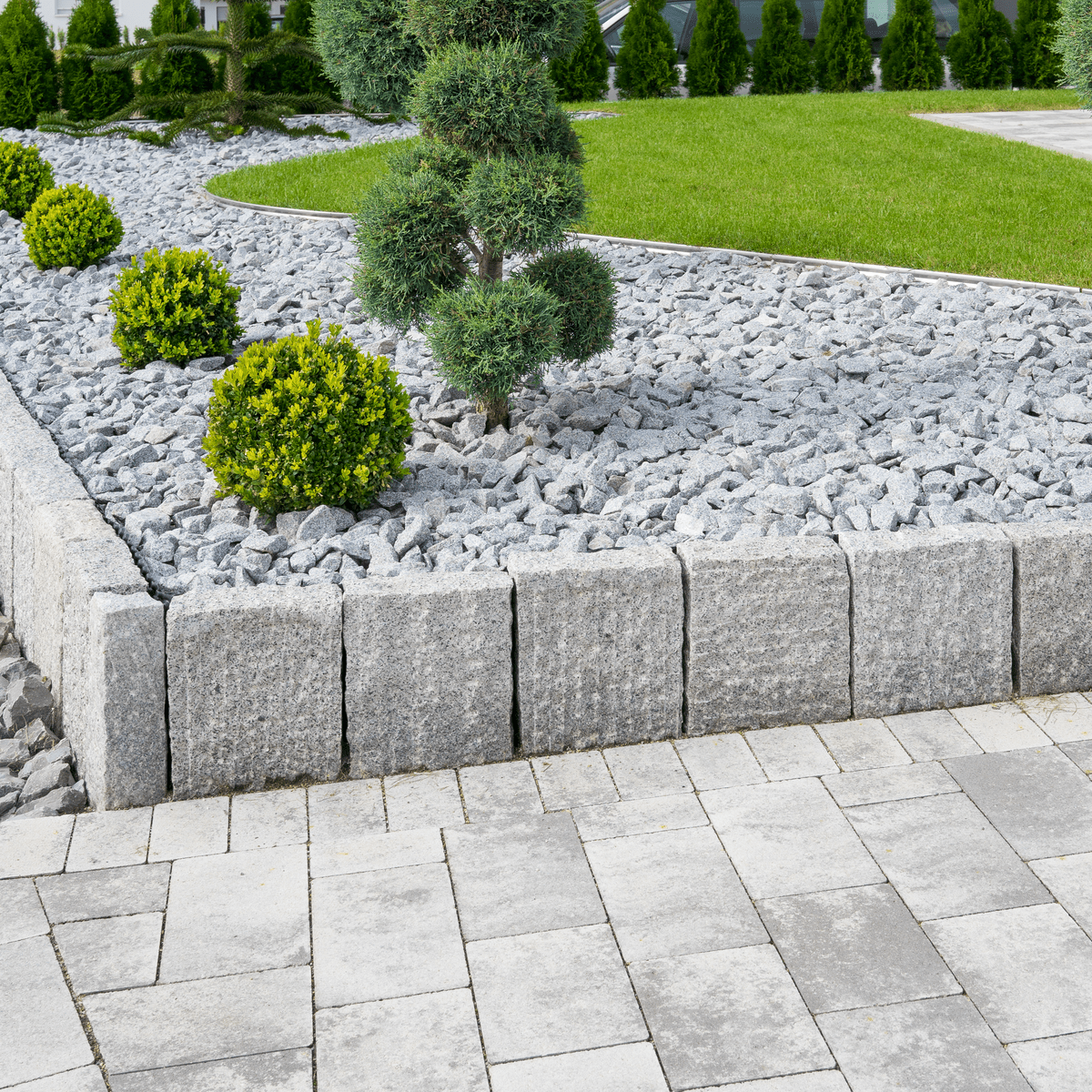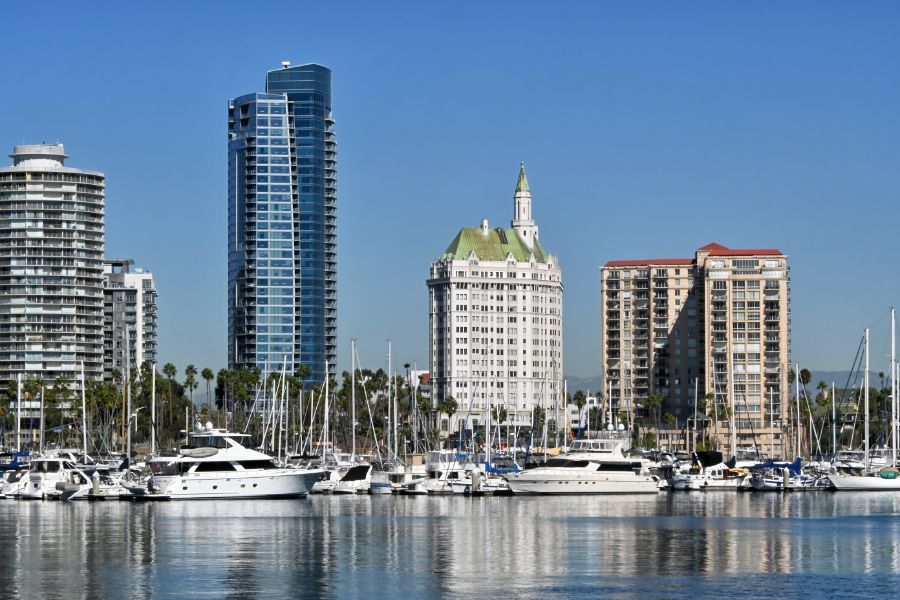Low-Maintenance Landscaping for Your Long Beach Rental
Dustin Edwards • June 11, 2021
Create Curb Appeal and a Happy Tenant with the Right Landscape Design

All too often, tenants are not willing to put the necessary time and energy into maintaining a yard with high upkeep. Rather, they prefer something simple and non-stressful that requires almost no effort.
Implementing low-maintenance rental landscaping can help you stand out alongside competitors. Furthermore, finding the right options can add some extra beauty and charm to your property. Below are some of the many additions to contemplate for your Long Beach rental.
Rocks and Decomposed Granite
Although many Americans are accustomed to white-picket-fences and lush lawns, caring for this idealized vision is difficult in Southern California especially in Long Beach.
Abandoning vibrant grass yards does not mean your rental has to look unsightly!
On the contrary.
Combining rocks and pebbles with decomposed granite pathways creates a simple yet sleek design that enhances your rental and requires almost no upkeep. Additionally, this arrangement will intrigue tenants looking for a low-maintenance property.
Bark
Bark is a different approach that is softer and might appeal more to tenants with younger children. You can easily substitute bark for rocks and pebbles, and even create a pathway using bark instead of decomposed granite.
If you intend to add plenty of foliage to your rental, bark (or mulch) may provide an easier landscape to plant in rather than rock.
Bark is a product that you can find at local home improvement stores. Generally the cost of bark is in the $3-$5 range depending on store and size of bag. If you have a large yard for your rental property or a large area you are buying bark for you can look at places that sell bark in large quantities.
A place to buy in bulk near Long Beach is in Fullerton, CA. Check out Southwest Boulder and Stone
if your project looks like you are going to be taking multiple truck loads of park.
Drought-tolerant Plants
Another landscaping addition to consider is drought-tolerant plants. They do not require frequent watering, thus alleviating a tenant’s responsibilities and lowering water bills.
Besides needing little to no water, many drought-tolerant plants provide welcome shade for hot sunny days and add a splash of color to the muted tones of rocks, bark, and/or decomposed granite. Aloe, bottle brush, crassula, kangaroo paw, lavender, and palo verde are all lovely drought-tolerant plant options.
If you are looking for more drought resistant plant options that are recommended to Southern California check out this additional Long Beach Garden resource.
Perennials
Alongside drought-tolerant plants, perennials are wonderful options for your Long Beach property since they live for over two years and, as such, do not need to be replaced often.
While they tend to require a little more attention than drought-tolerant plants, perennials are the best alternative to annuals if you are looking to add traditional flowers to your rental.
Perennials include carnations, chrysanthemums, daisies, geraniums, hibiscus, hydrangeas, peonies, and tulips. If you wish to view a more comprehensive list of perennials, we encourage you to visit Burpee’s catalog of perennials.
Outdoor Living Space
Constructing an outdoor living space that takes up all or most of your yard means less work for you and your tenants. Not to mention, your tenants will appreciate having an area where they can enjoy the fantastic Long Beach weather, indulge in some afternoon drinks, recline and read a book, or listen to music. Consider putting in cushioned lounge chairs, a dining set, and even a grill to make the space both enjoyable and versatile.
To add some privacy to this outdoor living space, think about putting up fencing. For more information regarding types of fencing and their effect on property value, check out the following blog post: 3 Items to Consider Regarding Fencing and Your Long Beach Rental.
Crafting a yard that is both tasteful and low-maintenance is far from impossible. While it may take some time and research, it will ultimately make you and your tenants happier.
If you want a property manager to give you personalized landscaping recommendations for your Long Beach rental, we invite you to call us today at (562) 888-0247 or you can fill out our Owner Application online.





